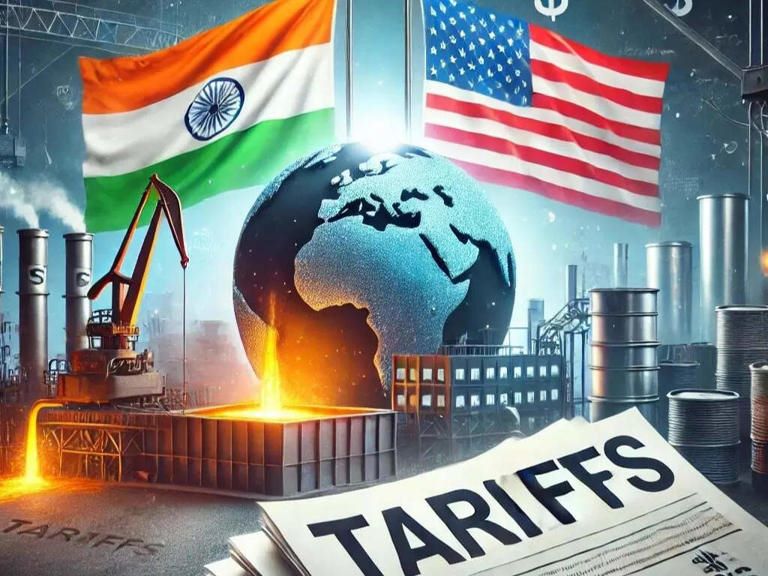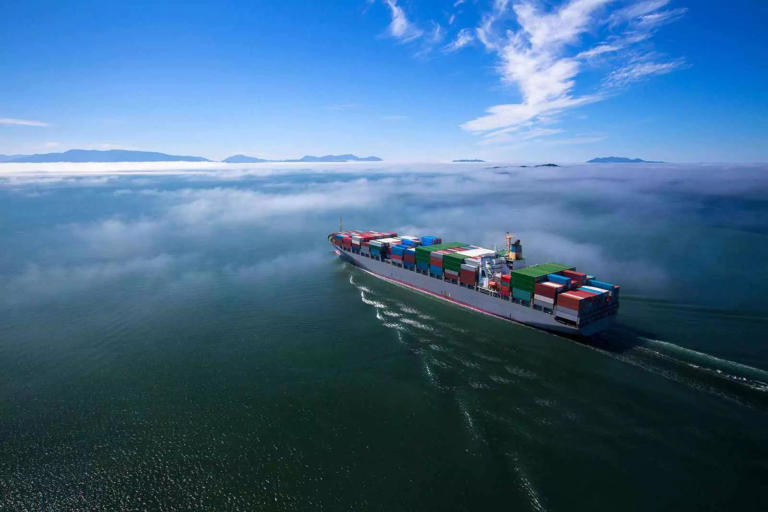
In a recent McKinsey report, a group of experts from the consulting firm’s Retail Practice point out, Asian readymade garment manufacturers need to be strategic in the context of changing scenarios in their importing markets that were primarily driven by the 2020-2021 lockdown, the Ukrainian conflict and the ever-rising environmental concerns that the garment industry has been facing for decades.
Post pandemic, most fashion brands have changed their buying strategy to make it more seamless and foolproof, especially the ever-important supply chain. Western buyers now seem more interested in their resources in Asia undergoing digital transformation and be analytics driven thus enable themselves to provide smooth interaction. So much so that in the near future Western importers might make digital transformation a mandatory feature if the supplier wants their business. The other strategy gaining grounds is “near-shoring” or having manufacturing hubs closer to the consumer market which lowers logistical costs and saves on carbon miles. The idea is suppliers invest in creating hubs closer to their long-term partners’ markets.
Asian manufacturers face serious issues
China, India, Bangladesh, Indonesia, Malaysia, Vietnam and Sri Lanka are at the helm of global exports of readymade garments. However, with the US and EU reducing orders steadfastly it has created a crisis-like situation so much so that in an all-time first for the region, Vietnam and already financially-crippled Sri Lanka shut down factories or operated at a bare minimum starting January 2023 until round April. Even Bangladesh and India have run units at 60 or 70 per cent capacities and the challenged situation is seeing profits spiral downwards.
The key challenges these nations face are that fashion brands are paying less to balance their retail sales in an economic crisis-hit west, which in turn is adding to the cost pressure as Asian nations too are paying more on operational costs and raw material. The other main challenge is the speed and flexibility of suppliers, which raises the point of near-shoring for the benefit of a long-term partnership, and flexibility so supply chains can be rearranged effortlessly if and when situations arise. Digital transformation, an element that is poorly represented in Asian manufacturing hubs has to be deployed immediately and sustainability has to be taken seriously to gain credibility in conscious consumers. That is a lot to take on and in this situation McKinsey has some insightful recommendations to the beleaguered sector in Asia.
Five-deck strategy to meet challenges
An important recommendation for the future will be partnerships that large Asian manufacturers invest in. As the fashion sector becomes increasingly polarized, it has been observed that the top 20 brands are resilient and steady since 2019 until now. It may be worthwhile deciding who suppliers envision as long-term partners and initiate their choices based on honest appraisals of their own capacities and capabilities.
Future-proofing manufacturing units by leveraging digital and analytics to drive productivity and provide strategic benefits to partners that are categorized as long-term ones – the value on offer will play a key role in sustaining such partnerships.
Recalibration of commercial negotiations that are based on customers, their product portfolios and the economic situation of their markets will help fortify the relationship as credibility and practicality of the business engagement will enable its continuity.
Structural overhauling is the fourth part of the strategy that requires alignment of the commercial aspect of the business with demand and specification-based initiatives in external spends. Done well, this can end up with about ten per cent cost benefit for manufacturers.
Lastly, diversification of geographic customer portfolio and investing in targeted markets thereby onboarding near-shoring is a key strategy. The manufacturers that have already adopted the “local for local” are winning on logistical costs already.












